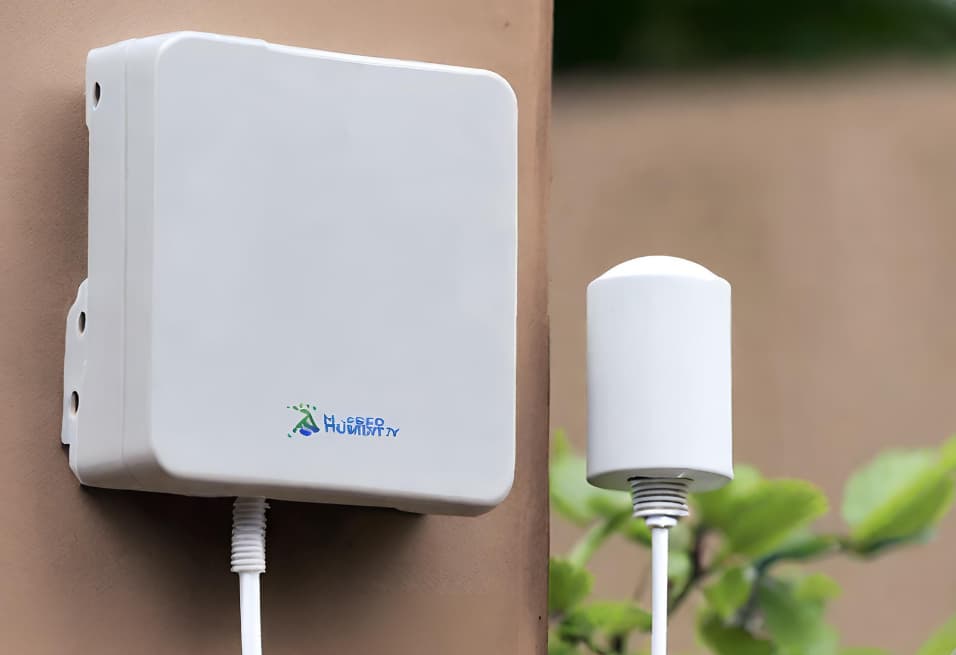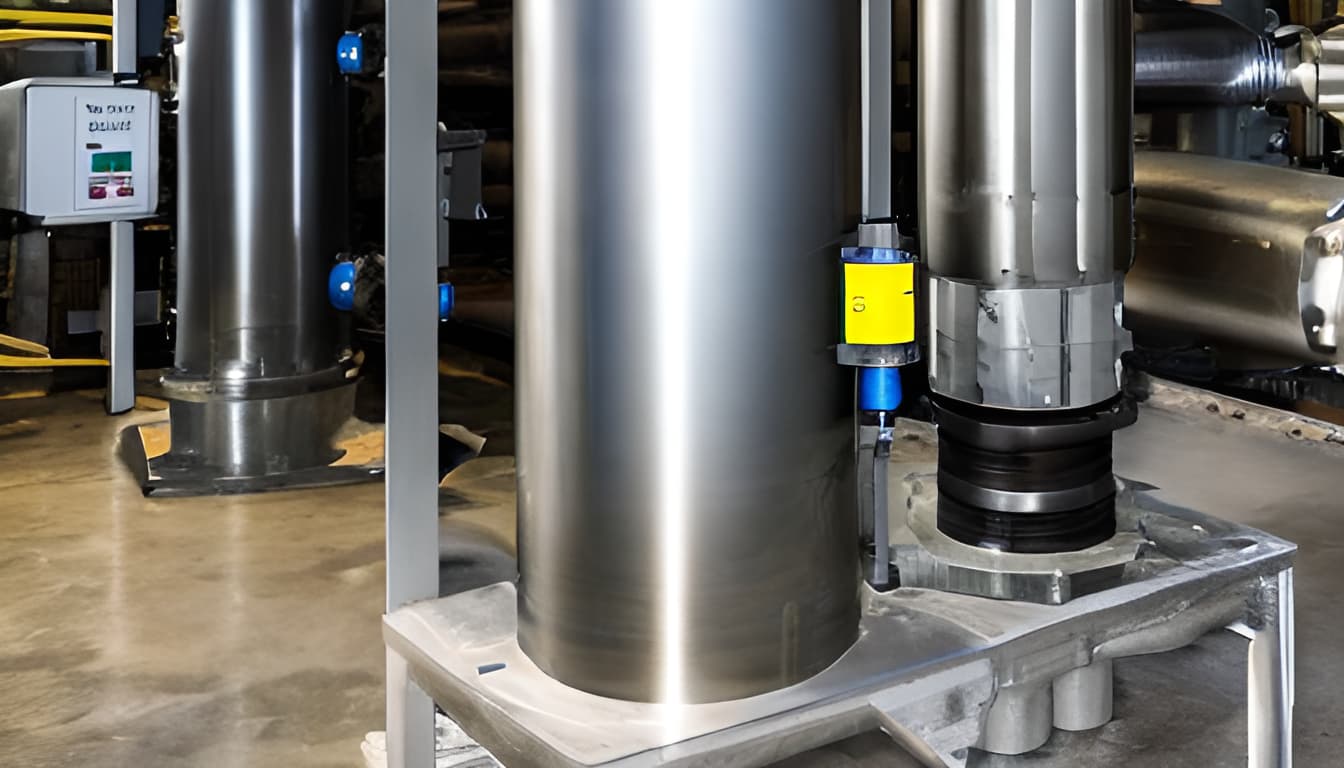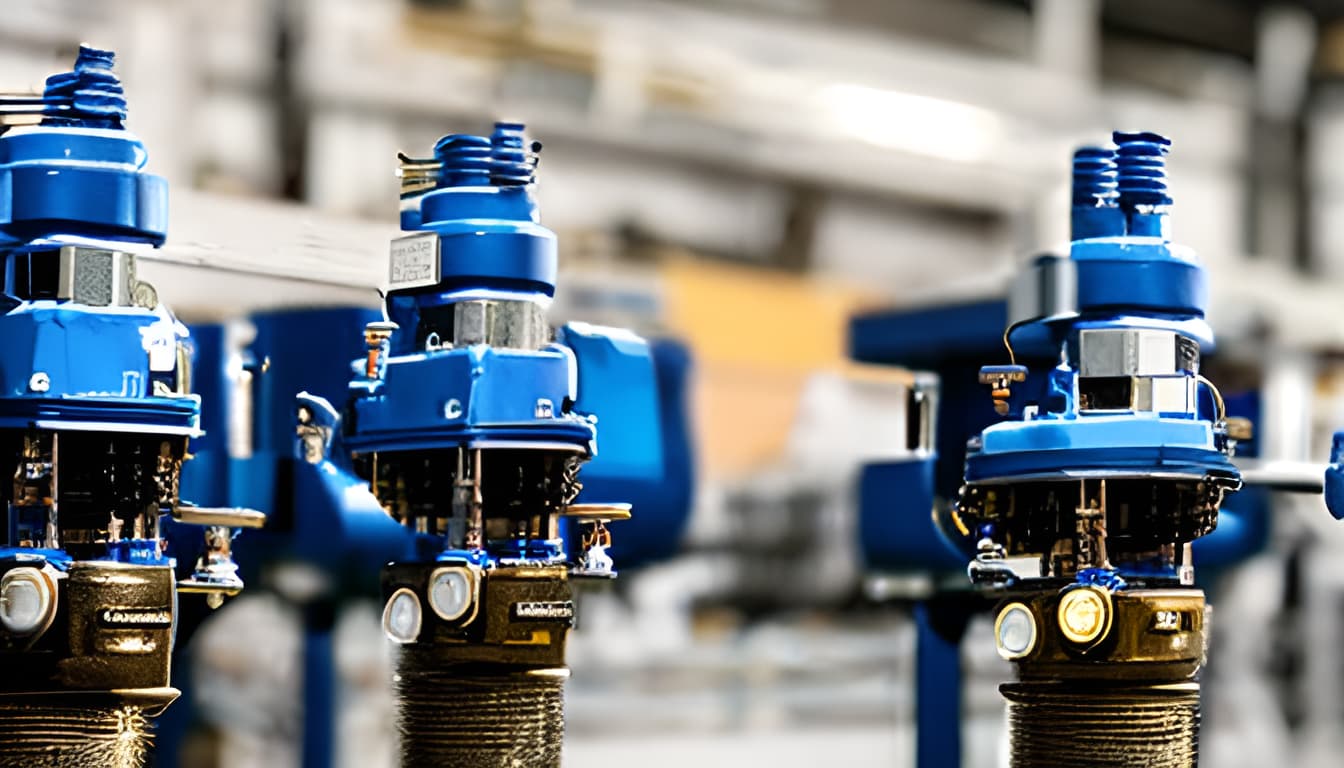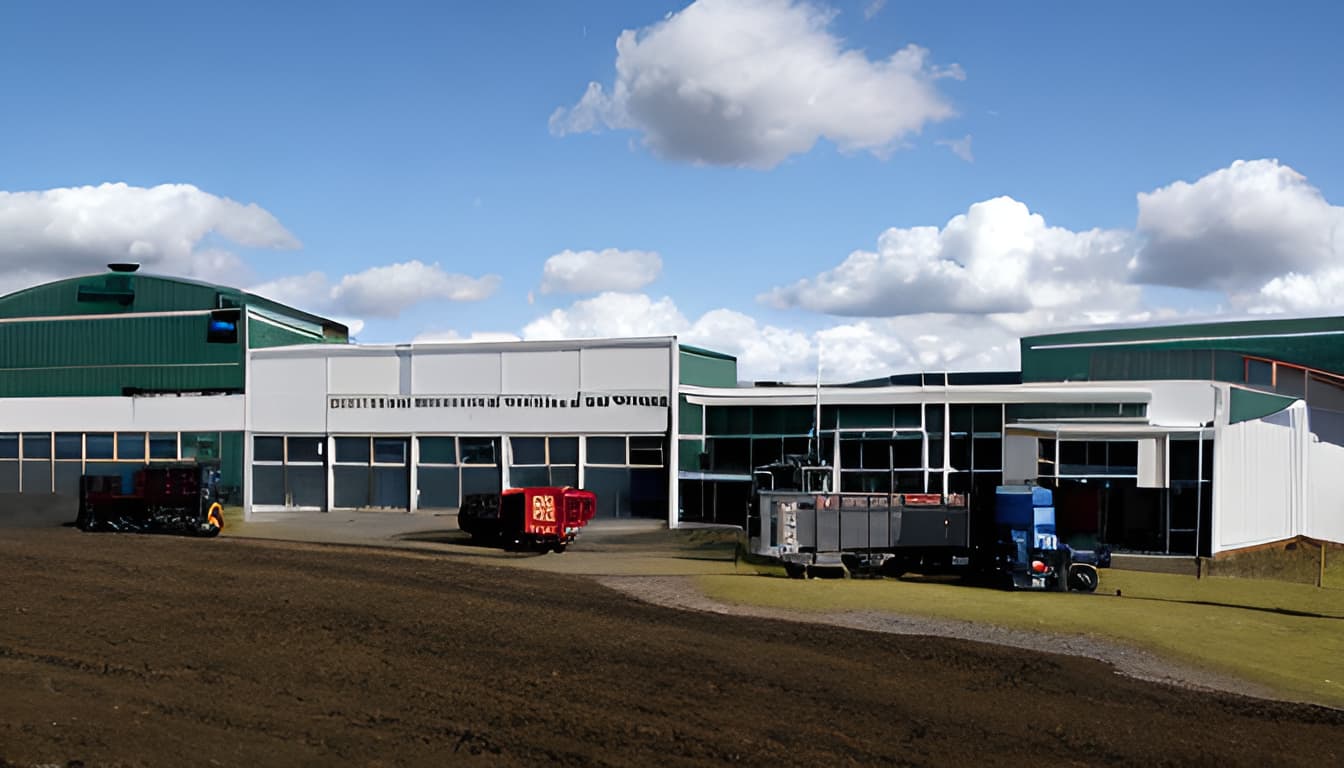In the realm of greenhouse management, maintaining ideal humidity levels is crucial for crop health and productivity. Humidity sensors, such as Veris outside humidity sensors, play a vital role in achieving these goals. This article delves into the importance of humidity monitoring and the specific benefits of using humidity sensors in greenhouse environments.
The Significance of Humidity in Greenhouse Agriculture
Humidity is the measure of moisture content in the air, and it holds great importance in greenhouse agriculture. Plants, like all living organisms, require a specific range of humidity levels to thrive. Too much or too little humidity can have adverse effects on crop growth. For instance, overly dry air can cause plants to lose moisture through transpiration, leading to wilting and reduced growth. On the other hand, excess humidity can create an ideal environment for mold and disease to flourish.
Understanding Humidity Sensors
To manage humidity effectively in a greenhouse, you need the right tools, and one such tool is the Veris outside humidity sensors. These sensors are designed to measure the moisture content in the air and provide real-time data that greenhouse operators can use to make informed decisions. There are different types of humidity sensors, but the most common ones are capacitive and resistive sensors. These sensors work by detecting changes in electrical resistance or capacitance based on the moisture level in the surrounding air.
Humidity Control in Greenhouses
Maintaining the desired humidity levels in a greenhouse can be challenging due to factors like external weather conditions and the transpiration process of plants. However, this is where humidity sensors come into play. They continuously monitor the humidity levels and provide data that greenhouse management systems can use to adjust conditions accordingly. For example, if the humidity rises beyond the optimal range, the system can activate ventilation or misting systems to lower it.
How Humidity Sensors Work
Humidity sensors operate on the principle that the electrical properties of certain materials change with moisture levels. Capacitive sensors use changes in electrical capacitance, while resistive sensors rely on variations in electrical resistance. Calibration is a crucial aspect of ensuring that humidity sensors provide accurate readings. This process involves adjusting the sensor to match a known reference humidity level, ensuring precision in measurement.
Benefits of Using Humidity Sensors in Greenhouses
The integration of humidity sensors into greenhouse management systems offers several benefits:
Improved Crop Yield and Quality: By maintaining optimal humidity levels, crops grow healthier, leading to increased yields and better quality produce.
Prevention of Mold and Disease: Controlled humidity reduces the risk of mold and disease outbreaks, ensuring the overall health of the plants.
Energy Savings: Humidity sensors help manage heating and cooling systems more efficiently, leading to energy savings.
Remote Monitoring and Automation: With humidity sensors, greenhouse conditions can be monitored remotely, and adjustments can be automated, reducing the need for constant manual intervention.
Installation and Placement
To maximize the effectiveness of humidity sensors, proper installation and placement are crucial. Sensors should be strategically placed at different heights and locations within the greenhouse to ensure accurate and representative readings. Additionally, regular maintenance and calibration are essential to keep the sensors operating at peak performance.
Challenges and Maintenance
While humidity sensors are valuable assets, they are not immune to challenges, especially in the demanding greenhouse environment. Sensor degradation and drift can occur over time, necessitating regular maintenance and, in some cases, replacement. However, the benefits they provide far outweigh the maintenance efforts.
Future Trends and Innovations
The world of humidity sensors is continually evolving. Future innovations may include even more accurate and durable sensors, enhanced data analytics capabilities, and seamless integration with other greenhouse management systems.
The Role of Outside Humidity Sensors
In the context of greenhouse management, outside humidity sensors are an integral part of the equation. They provide crucial data about the external environment, helping greenhouse operators make informed decisions. These sensors ensure that the conditions within the greenhouse are optimized not only for the specific crop being grown but also in harmony with the surrounding outdoor environment. By considering both indoor and outdoor humidity levels, greenhouse management systems can fine-tune their operations to create the perfect conditions for crop growth.
Conclusion
In the world of greenhouse agriculture, every detail matters, and humidity is a critical detail. Outside humidity sensors play a pivotal role in maintaining optimal conditions for crop growth, leading to increased yields and improved crop quality. As the agricultural industry continues to embrace technology and automation, humidity sensors are poised to remain essential tools for greenhouse management, ensuring that the future of farming is not only sustainable but also bountiful. Whether inside or outside the greenhouse, these sensors are at the forefront of modern agriculture, helping farmers feed a growing world population.



